Vestal Moth Rhodometra sacraria
Family: Geometridae. Subfamily: Sterrhinae. Tribe: Rhodometrini
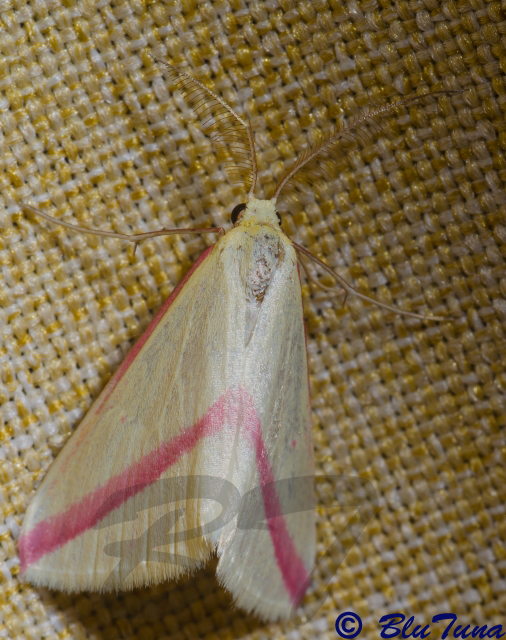
© BluTuna
Garden in Johannesburg
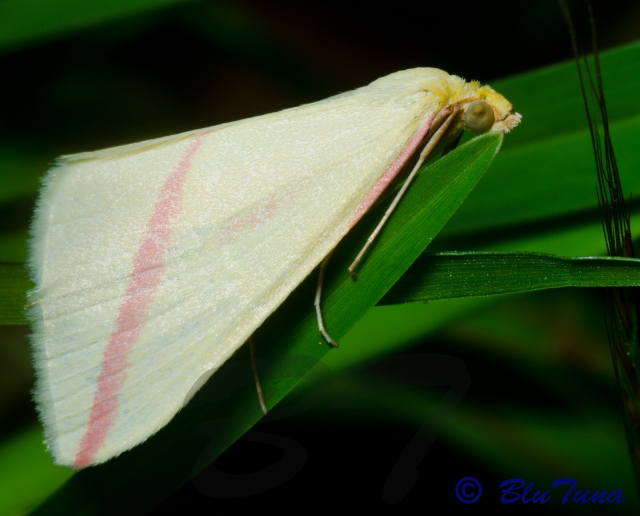
© BluTuna
Garden in Johannesburg
Description
Rhodometra sacraria has a wingspan reaching 22–28 mm, while the length of the forewings is 12–14 mm. Head and thorax pale yellow. Forewing pale yellow to cream-coloured, hindwing shiny white. The forewing has a discal spot, and a distinct diagonal line, crossing diagonally the dorsal sides of the upperwings up to the apex. The dorsal sides of the hind wings are whitish. The intensity and the extent of the pink pigmentation is rather variable, depending on the seasonal temperature in the development of the pupae.
Usually the moths rest with a tent-like posture on twigs and herbs, with the wings parallel to each other.
The caterpillars mimic twigs and therefore they are quite difficult to locate. They are slender and reach a length of about 25 mm. The basic colour is pale brown or green, with a whitish underside. The green forms usually show a dark brown or reddish irregular stripe on the back. The head is reddish brown and relatively small.
Distribution
It is found throughout Europe, Africa (Algeria, DRCongo, Ethiopia, Kenya, Lesotho, La Reunion, Libya, Madagascar, Malawi, Morocco, Mozambique, Nigeria, South Africa, Tanzania, Tunisia, Uganda, Zambia, Zimbabwe) and large parts of Asia. A migraroty species. Found throughout South Africa.
Habitat
Common in grassland. This species inhabits meadows, forest clearing, paths, gardens and urban environments.
Biology
Larval foodplants: Anthemis, Emex, Oxygonum sinuatum, Persicaria, Polygonum, Rhus,
Links:
African Moths
 © BluTuna
© BluTuna © BluTuna
© BluTuna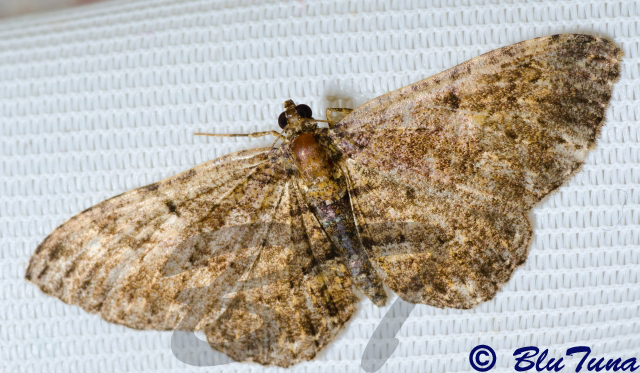 © BluTuna
© BluTuna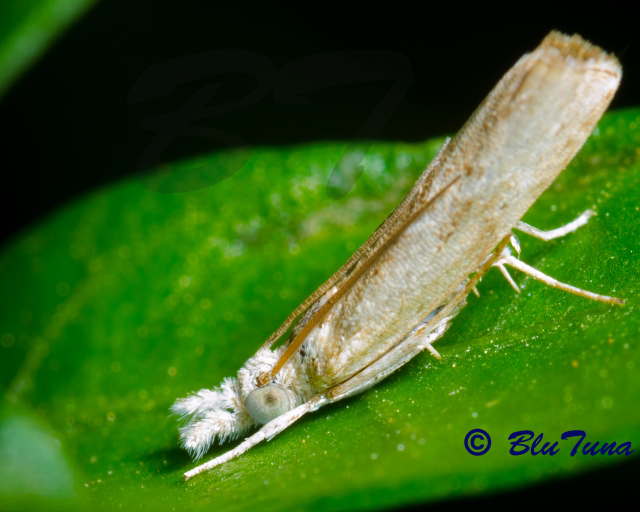 © BluTuna
© BluTuna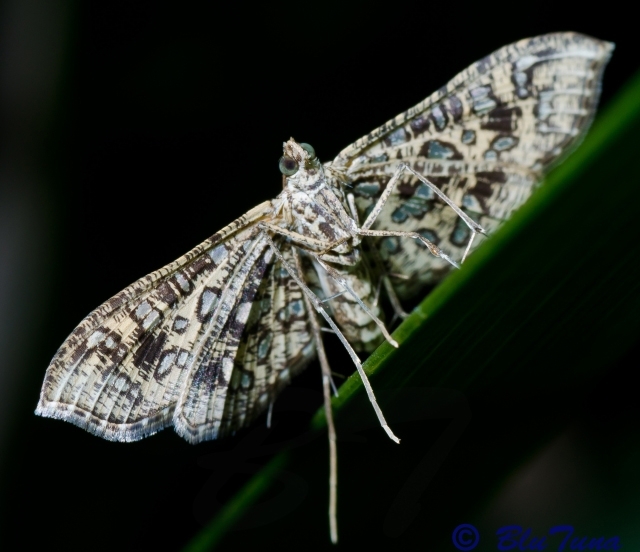 © BluTuna
© BluTuna © BluTuna
© BluTuna